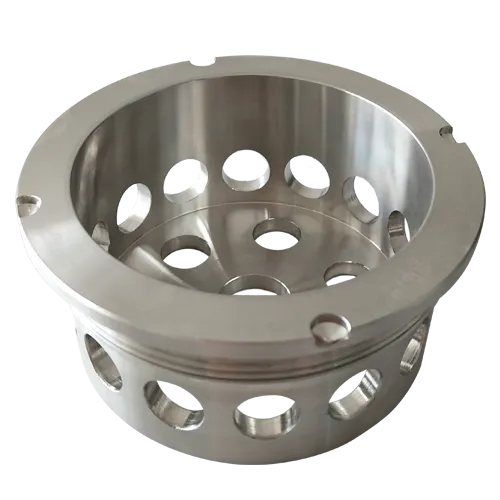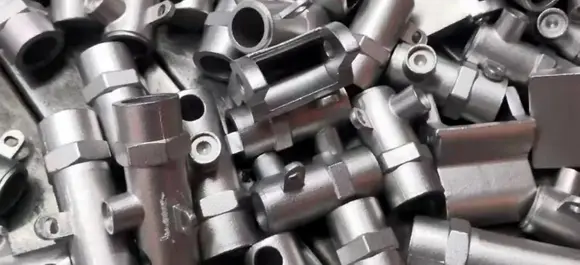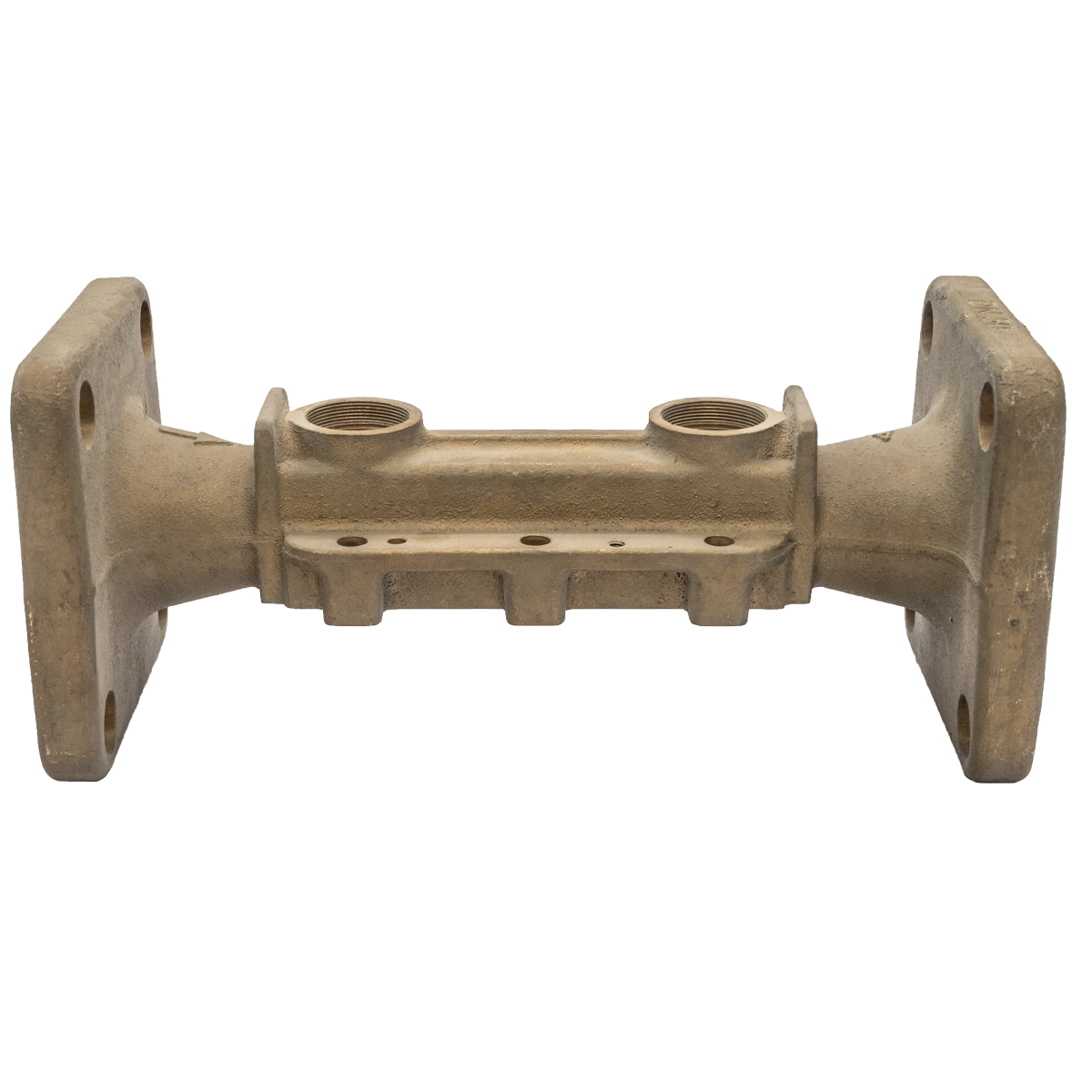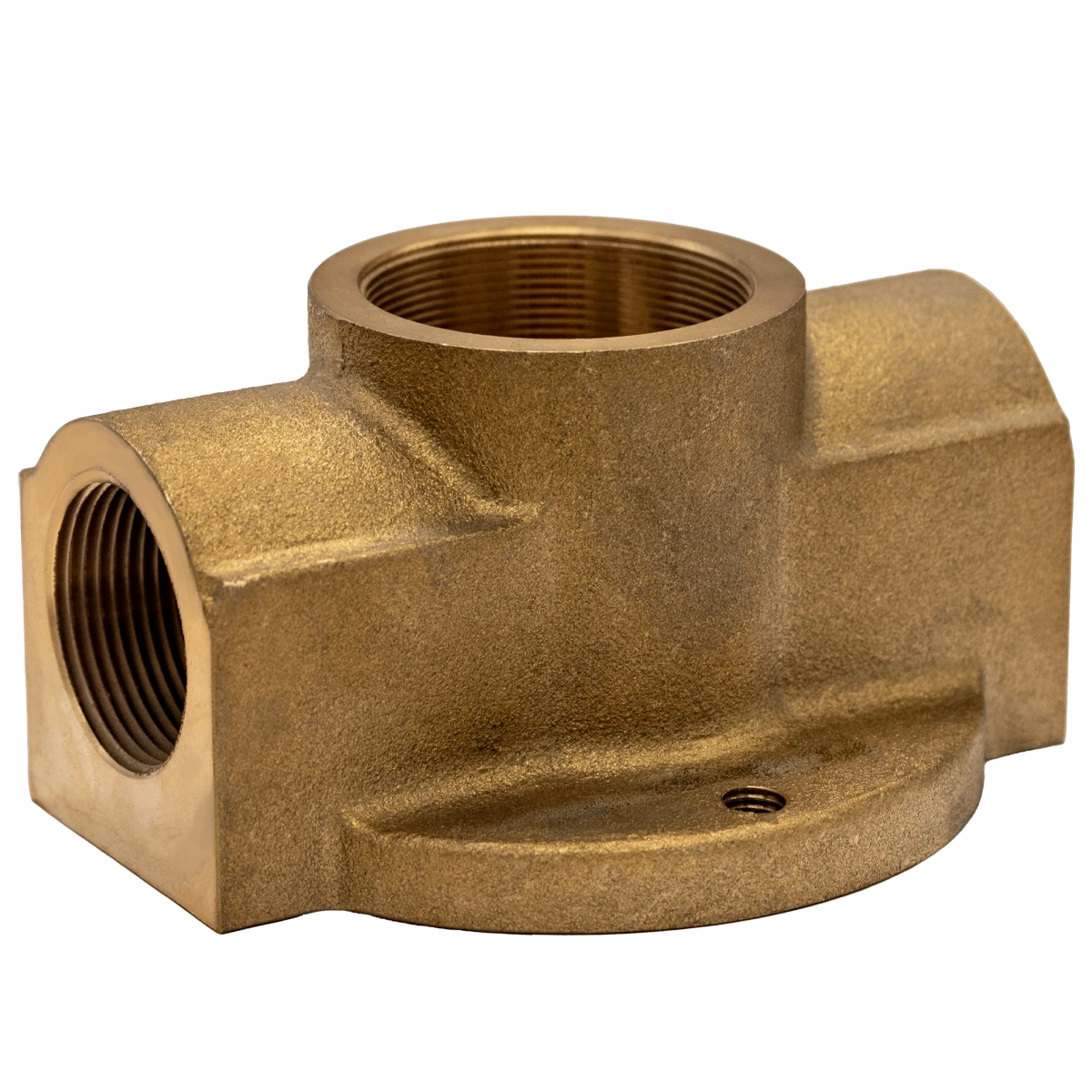Mobile:+86-311-808-126-83
Email:info@ydcastings.com
English
What is Sand Casting? Versatile & Cost-Effective Metal Casting Process
- Definition and fundamentals of sand casting
- Technical advantages with performance data
- Supplier comparison and capabilities
- Customization process and design flexibility
- Material selection guidelines
- Industry application case studies
- Future relevance of sand casting

(what is sand casting)
What Exactly is Sand Casting?
Sand casting represents one of the oldest and most versatile metal forming techniques, dating back over 4,000 years to ancient China. This foundry process involves creating a disposable mold from compressed sand mixed with bonding agents like clay. Molten metal is poured into the cavity, solidifying into complex shapes. Modern implementations use advanced sands including zircon, chromite, or chemically bonded silica with tolerances down to ±0.005 inches. As a green sand casting method, approximately 90% of mold materials remain recyclable post-production, minimizing environmental footprint. The flexibility allows producing components ranging from under 1 lb to over 200 tons.
Technical Advantages and Performance Data
Compared to die casting, sand casting offers significantly lower initial tooling costs - typically 60-80% less expensive for large components. Production capacity accommodates prototypes and high-volume orders simultaneously, while wall thickness capabilities exceed 1-inch standards. Surface finishes between Ra 250-600 microinches provide functional durability for industrial applications. Mechanical testing reveals cast aluminum alloys achieve 28ksi tensile strength at 8% elongation, while gray iron reaches 50ksi compressive strength. Thermal cycling simulations demonstrate superior resistance to distortion versus permanent mold methods.
Leading Foundry Capabilities Compared
| Foundry | Max Part Size | Alloy Range | Tolerance Standard | Annual Capacity |
|---|---|---|---|---|
| Alpha Foundry Co. | 500 kg | Al, Bronze, Iron | ISO CT10 | 1.2M parts |
| Precision Cast Corp | 3 tons | Steel, Ductile Iron | ISO CT12 | 850K parts |
| Global MetalTech | 20 tons | Super Alloys | ISO CT9 | 250K parts |
Customization and Design Flexibility
Sand casting accommodates extensive customization through specialized mold configurations. Complex geometries with internal channels, pockets, and contours are achievable via carefully positioned cores. Design adjustments occur rapidly through CAD pattern modifications instead of expensive die alterations. Industries requiring unique solutions benefit from adaptable process parameters including specialized inoculation for microstructure control. Implementation of proprietary vacuum-assisted pouring systems reduces gas entrapment by 70% for critical aerospace components. Typical lead times from design to first article range between 4-6 weeks.
Material Selection Guide
Material choice significantly impacts casting performance across service environments. Aluminum alloys (A356, 319) dominate lightweight applications at 2.7g/cm³ density, while ductile iron (65-45-12) withstands high-stress scenarios with 90,000 psi tensile strength. Critical factors include:
- Thermal conductivity requirements
- Corrosion resistance thresholds
- Fatigue life expectations
- Machinability priorities
Heat treatment options normalize microstructures, increasing hardness by 30% for demanding service conditions through controlled quenching processes.
Industry Application Cases
Automotive manufacturers utilize sand casting for engine blocks where complex cooling passages improve thermal efficiency by 15% over die cast versions. Energy sector applications include valve bodies sustaining 2,500 psi pressure in offshore environments. Recent innovations include marine propeller hubs exceeding 1.8m diameter in nickel-aluminum bronze alloy, reducing cavitation damage by 40%. Defense contractors rely on specialized sand casting processes for armored vehicle components requiring ballistic protection levels while maintaining dimensional stability during extreme temperature fluctuations.
Why Sand Casting Maintains Industrial Relevance
Continuous process innovation ensures sand casting remains indispensable in modern manufacturing. Advancements like 3D-printed sand molds eliminate pattern costs while enabling geometries previously unachievable, reducing production timelines by 35%. Eco-bonding agents decrease VOC emissions by 60% compared to traditional phenolic urethanes. When evaluating sand casting vs die casting for large components, sand processes deliver superior economy at lower volumes - studies show cost advantages endure until quantities exceed 15,000 units. With unparalleled flexibility in metallurgy and scale, sand casting establishes itself as a fundamental manufacturing solution.

(what is sand casting)
FAQS on what is sand casting
Q: What is sand casting?
A: Sand casting is a metalworking process where molten metal is poured into a sand mold cavity. The mold is formed by packing sand around a pattern of the desired object. After cooling, the sand is broken away to reveal the final metal casting.
Q: What are the key steps in sand casting?
A: Key steps include creating a pattern, packing sand around it to form molds, pouring molten metal into the cavity, and removing solidified metal after cooling. Sand preparation and pattern design are critical stages. The mold sands are typically bonded with clay or chemical resins.
Q: How does sand casting differ from die casting?
A: Sand casting uses expendable sand molds, while die casting uses reusable metal dies under high pressure. Sand casting allows larger, more complex parts but has rougher surfaces, whereas die casting enables precision details but higher tooling costs. Material choice also differs, as die casting favors low-melting alloys like zinc or aluminum.
Q: What materials and products use sand casting?
A: Sand casting handles ferrous metals (iron, steel) and non-ferrous alloys (aluminum, brass, bronze). Common applications include engine blocks, pump housings, pipe fittings, and large industrial components. Its versatility makes it ideal for low-to-medium volume production.
Q: What are the advantages of sand casting?
A: Advantages include low tooling costs, suitability for large/heavy parts, and flexible design adjustments. It accommodates almost any metal alloy and internal geometries through sand cores. However, surface finish and dimensional accuracy are inferior to processes like die casting.
-
Materials Used in Manufacturing Cap End Pipe FittingsNewsNov.24,2025
-
Material Properties of CF8M CastingNewsNov.24,2025
-
How to Inspect Pump Cap Ends for DamageNewsNov.21,2025
-
Backward Curved Impeller – Efficient Airflow Solutions for Industry | YD CastingsNewsNov.21,2025
-
Automobile Water Pump - Efficient, Quiet, Durable & ElectricNewsNov.21,2025
-
Impeller for Pumps – High-Efficiency, Durable, OEM-ReadyNewsNov.21,2025











